Mobile app development is a complex process that requires careful planning and execution. Whether you’re a business owner looking to create an app for your customers, or a developer looking to create the next big thing, there are a number of key stages that you’ll need to go through in order to create a successful app. In this article, we’ll take a closer look at the 6 key stages of mobile app development.
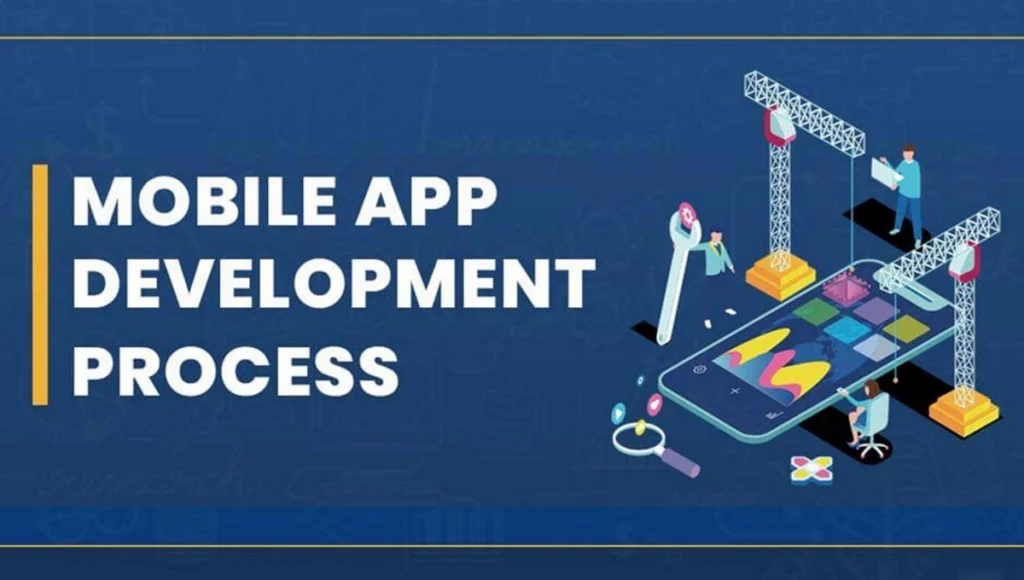
Table of Contents
Stage 1: Planning and Analysis
The first stage of mobile app development involves planning and analysis. This stage is critical to the success of the app, as it sets the foundation for the rest of the development process. The key activities involved in this stage include:
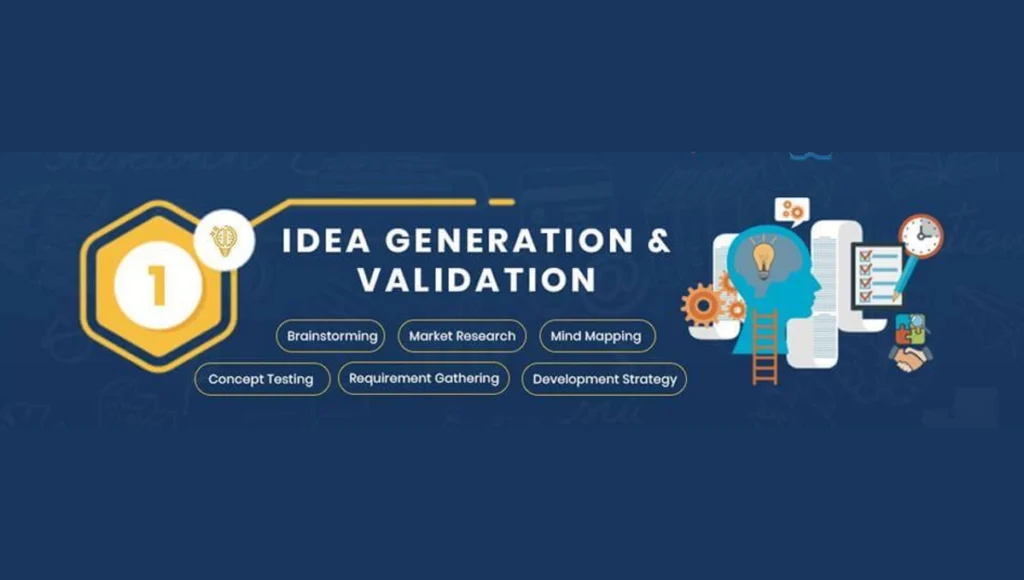
Identifying the Purpose and Goals of the App
The first step in planning and analysis is to identify the purpose and goals of the app. This involves determining what problem the app is going to solve, what value it is going to provide, and what outcomes are expected from it.
Defining the Target Audience and User Persona
The next step is to define the target audience and user persona for the app. This involves creating a detailed profile of the app’s ideal user, including their demographics, interests, behaviors, and needs.
Conducting Market Research
Once the target audience has been identified, market research needs to be conducted to understand the competition, trends, and user preferences in the relevant industry. This will help to ensure that the app is designed and developed in a way that meets the needs of the target audience.
Deciding on the Platform and Technologies to Use
Finally, the platform and technologies to be used for the app need to be decided. This includes choosing between native, hybrid, or web-based apps, as well as deciding on the programming languages, frameworks, and tools to be used.
Stage 2: Design and Prototyping
The second stage of mobile app development involves designing and prototyping the app. This stage is where the app’s user interface and user experience are designed and tested. The key activities involved in this stage include:

Creating the Wireframes and User Interface Design
The first step in design and prototyping is to create the wireframes and user interface design for the app
This involves designing the layout, navigation, and visual elements of the app. It’s important to keep in mind the target audience and user persona when designing the app.
Developing the Prototype and Testing the Design
Once the design has been created, a prototype needs to be developed. This involves creating a working version of the app that can be tested and refined. The prototype should be as close to the final version of the app as possible.
Gathering Feedback and Making Necessary Changes
After the prototype has been developed, it needs to be tested by users to gather feedback on the design and functionality. Based on the feedback, changes and improvements should be made to the app design.
Stage 3: Development
The third stage of mobile app development involves writing the code for the app. This is where the app’s functionality is developed and integrated with the design. The key activities involved in this stage include:
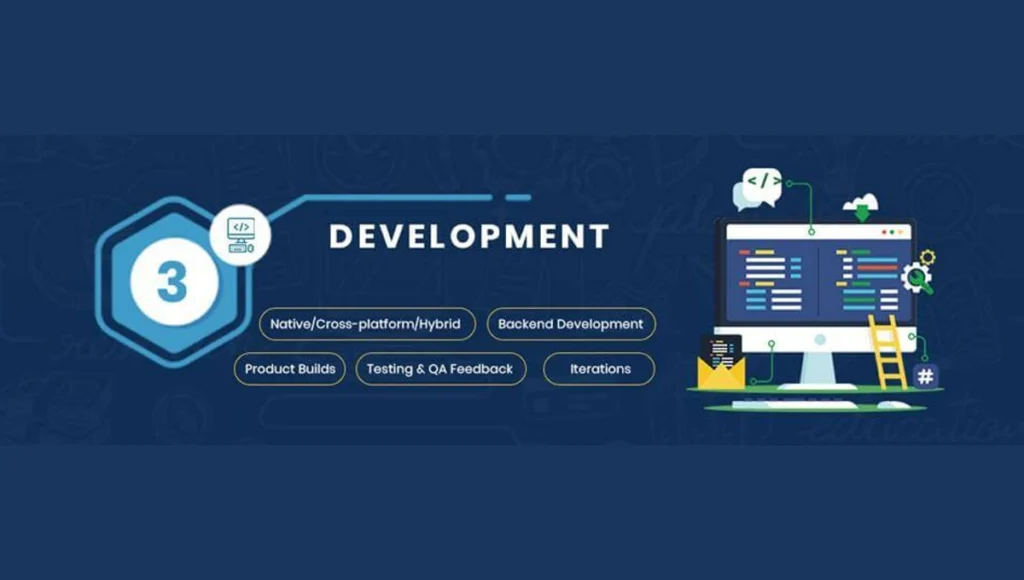
Setting Up the Backend Infrastructure
Before writing the code, the backend infrastructure needs to be set up. This involves setting up the servers, databases, and APIs needed to support the app’s functionality.
Writing the Code for the App
Once the backend infrastructure is in place, the code for the app needs to be written. This involves using the programming languages, frameworks, and tools that were decided in the planning and analysis stage.
Integrating the App with Third-party Services and APIs
Many apps need to integrate with third-party services and APIs to provide additional functionality. This involves using APIs provided by services such as Google Maps, social media platforms, and payment gateways.
Conducting Unit and Integration Testing
As the code is being written, unit and integration testing needs to be conducted to ensure that the app is functioning correctly. Unit testing involves testing individual pieces of code, while integration testing involves testing how different pieces of code work together.
Stage 4: Testing
The fourth stage of mobile app development involves testing the app to ensure that it is functional, user-friendly, and secure. The key activities involved in this stage include:
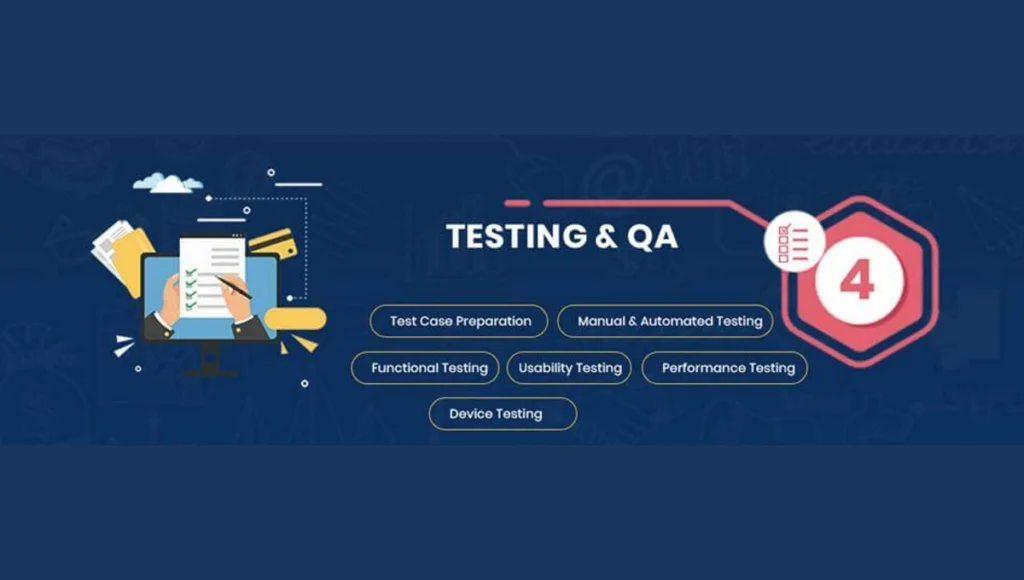
Conducting Functional Testing
Functional testing involves testing the app’s functionality to ensure that it works as intended. This includes testing all the app’s features and user flows.
Conducting Usability Testing
Usability testing involves testing the app’s user experience to ensure that it is user-friendly and intuitive. This includes testing the app’s navigation, layout, and overall user experience.
Conducting Performance Testing
Performance testing involves testing the app’s speed, stability, and resource usage. This includes testing how the app performs under different network conditions and device configurations.
Conducting Security Testing
Security testing involves testing the app’s security to ensure that it is protected against cyber threats such as hacking, data breaches, and malware attacks.
Stage 5: Deployment
The fifth stage of mobile app development involves deploying the app to the app store or play store. The key activities involved in this stage include:
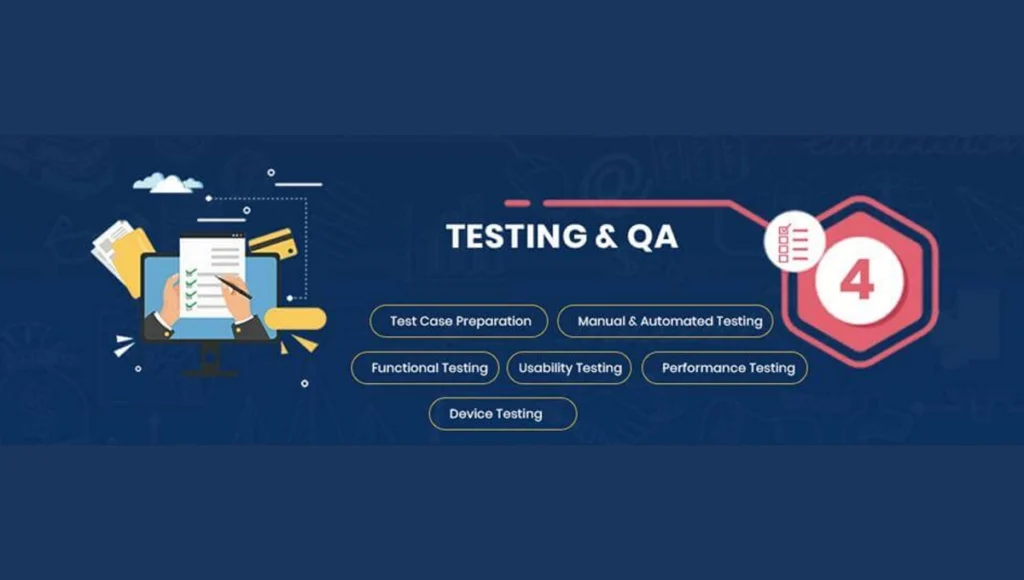
Preparing the App for Deployment
Before the app can be deployed, it needs to be prepared for submission to the app store. This involves creating a description, screenshots, and other materials needed for the app listing.
Uploading the App to the App Store or Play Store
Once the app is ready, it needs to be uploaded to the app store or play store. This involves following the guidelines and requirements set by the app store, such as the Apple App Store or Google Play Store.
Setting Up the App Marketing and Distribution Strategy
After the app has been deployed, a marketing and distribution strategy needs to be set up to promote the app and reach its target audience. This includes using social media, app store optimization, and other marketing tactics.
Stage 6: Maintenance and Updates
The sixth and final stage of mobile app development involves maintaining and updating the app. This is an ongoing process that involves making sure the app remains functional, secure, and user-friendly. The key activities involved in this stage include:
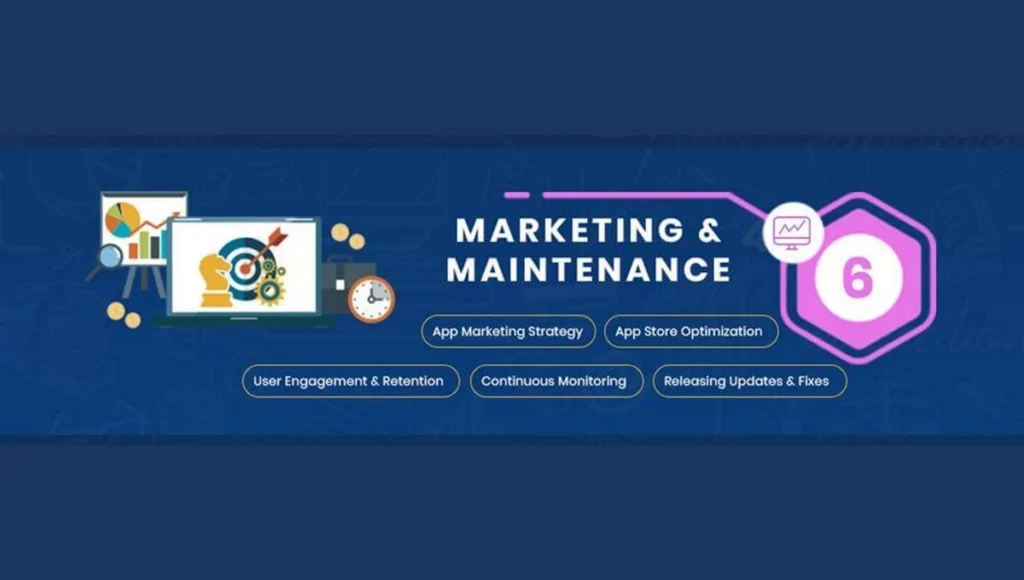
Monitoring the App Performance and User Feedback
After the app has been deployed, it’s important to monitor its performance and user feedback. This involves using analytics tools to track user behavior and engagement, as well as gathering feedback from users to identify areas for improvement.
Conducting Regular Maintenance and Bug Fixes
Regular maintenance and bug fixes are needed to ensure that the app remains functional and free of errors. This involves monitoring the app for bugs and issues, and fixing them as soon as they are identified.
Implementing New Features and Functionality
To keep users engaged and attract new users, it’s important to implement new features and functionality in the app. This involves analyzing user behavior and feedback to identify areas where new features can be added.
Updating the App for Compatibility with New Operating Systems
As new operating systems are released, the app needs to be updated to ensure compatibility. This involves testing the app on new operating systems and making any necessary changes to ensure that it works correctly.
Ensuring App Security
As new security threats emerge, it’s important to ensure that the app remains secure. This involves updating the app’s security features and monitoring it for vulnerabilities.
In conclusion, mobile app development involves a complex process that includes planning, analysis, design, development, testing, deployment, and maintenance. Each stage of the process is important and requires careful consideration and attention to detail. By following these key stages, app developers can create high-quality, functional, and user-friendly apps that meet the needs of their target audience.
FAQs
How long does it take to develop a mobile app?
The time it takes to develop a mobile app depends on various factors, such as the complexity of the app, the size of the development team, and the development methodology used. On average, it can take anywhere from several weeks to several months to develop a mobile app.
How much does it cost to develop a mobile app?
The cost of developing a mobile app can vary greatly depending on various factors, such as the complexity of the app, the size of the development team, and the location of the development team. On average, it can cost anywhere from a few thousand dollars to hundreds of thousands of dollars to develop a mobile app.
What programming languages are commonly used in mobile app development?
The programming languages commonly used in mobile app development include Java, Swift, Kotlin, and React Native.
How important is user feedback in mobile app development?
User feedback is extremely important in mobile app development as it helps developers identify areas for improvement and ensure that the app meets the needs and expectations of its target audience.
How can I ensure that my mobile app is secure?
To ensure that your mobile app is secure, you should implement security measures such as data encryption, two-factor authentication, and regular security updates. You should also work with a qualified security professional to identify and address any potential security vulnerabilities.
Don’t forget to support us by following us on Google News or Returning to the home page TopicsTalk
Join Telegram and WhatsApp for More updates
Follow us on social media
